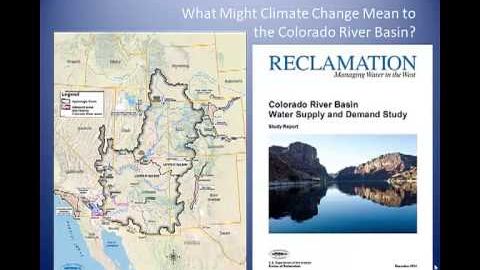気候変動が水資源に与える影響 (Effects of Climate Change on Water Resources)
Joseph Hsieh が 2021 年 01 月 14 日 に投稿  この条件に一致する単語はありません
この条件に一致する単語はありません- v.t.(人を騙すために)ふりをする : 装う;仮定する : 推測する;(責任 : 任務などを)負う : 引き受ける
US /əˈprəʊtʃ/
・
UK /ə'prəʊtʃ/
- v.t./i.近づく;話を持ちかける
- n. (c./u.)目的に近づく方法 : 道;交渉しようとして人に近づくこと;取り組み方 : 扱い方
US /sɪɡˈnɪfɪkənt/
・
UK /sɪgˈnɪfɪkənt/
US /ˈpɪriəd/
・
UK /ˈpɪəriəd/
- n. (c./u.)期間 : 時代;強調;終止符;生理;授業時間 : 時限
エネルギーを使用
すべての単語を解除
発音・解説・フィルター機能を解除

